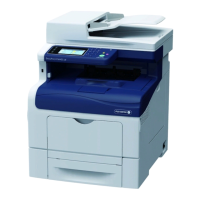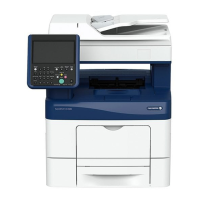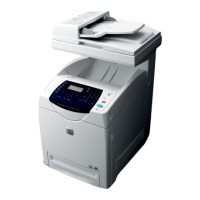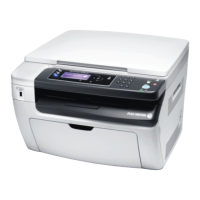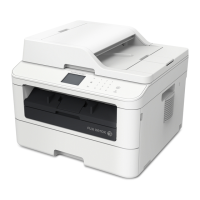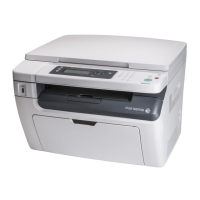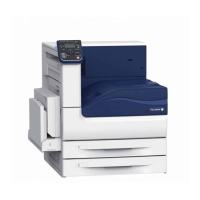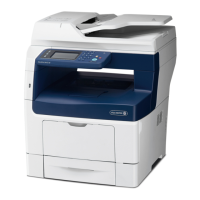Connectivity & Network Setup
177
Tools
5
SMB Server Settings
SMB Server Setup
Select the server specification method from [By Domain Name] and [By Domain & Server
Names/IP Address].
According to the option you selected here, set [Domain Name] and [Server Name/IP Address]
for SMB servers 1 to 5 respectively. The setting for SMB server 1 is used as the default
setting for authentication.
Domain Name
Enter the domain name of the server. Up to 64 characters are allowed.
This setting is mandatory regardless of the SMB server specification method selected for
[SMB Server Setup].
Important • Use the NetBIOS or Active Directory domain name for the domain name.
Server Name/IP Address
Enter the server name or IP address.
This setting is valid when [SMB Server Setup] is set to [By Domain & Server Names/IP
Address].
Important • Use the NetBIOS computer name or full computer name with DNS suffix for the server
name.
• For IPv4, enter the address in the format "xxx.xxx.xxx.xxx", where "xxx" is a numeric value
from 0 to 255.
Security Settings
Set the security settings.
SSL / TLS Settings
Configure the SSL / TLS settings.
Device Certificate - Server
Select a certificate for HTTP SSL / TLS communications.
HTTP - SSL / TLS Communication
Select whether or not to enable HTTP SSL / TLS communications.
HTTP - SSL / TLS Port Number
Set the port number used for HTTP SSL / TLS communication from 1 to 65535.
The default value is 443.
Important • Do not use the numbers assigned to the other ports.
LDAP - SSL / TLS Communication
Set whether or not to enable the SSL / TLS communications for authentication and searches.
If you enable the LDAP SSL / TLS communications, you must set [Primary Server Port
Number] and [Secondary Server Port Number] under [LDAP Server / Directory Service
Settings].
The port number for SSL / TLS communications of the LDAP directory server is normally set
to 636.
SMTP-SSL / TLS Communication
Configure the SSL / TLS communications.
z
Disabled
The machine does not communicate in SSL / TLS.
z
STARTTLS (If Available)
The machine verifies the certificate and communicates in SSL / TLS. If the verification fails,
the machine does not communicate in SSL / TLS.
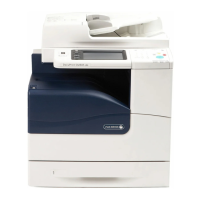
